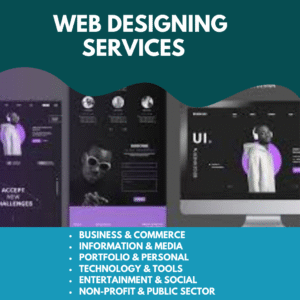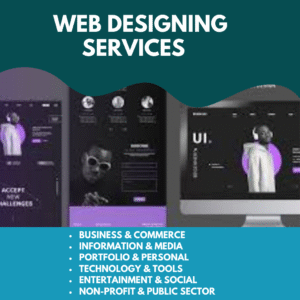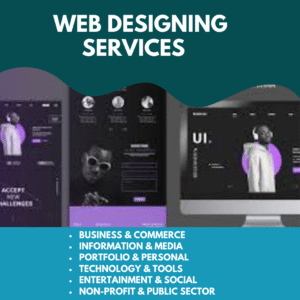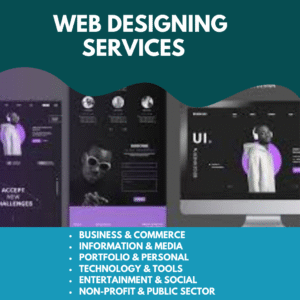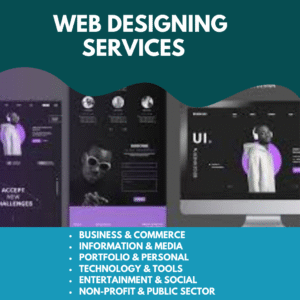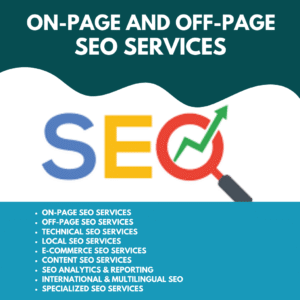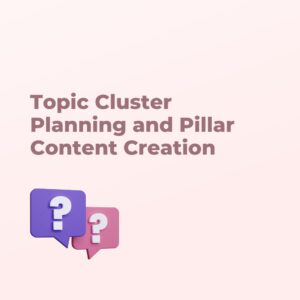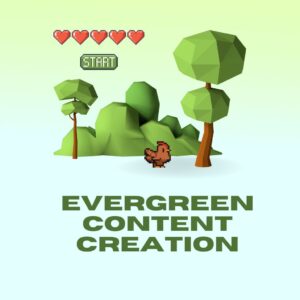Content Gap Analysis: Unlock Hidden Opportunities to Outrank Competitors and Drive Sustainable Growth
Article: Content Gap Analysis: Unlock Hidden Opportunities to Outrank Competitors and Drive Sustainable Growth
In the ever-evolving digital landscape, content is the fuel that drives visibility, authority, and customer engagement. Yet, many businesses invest time and effort into content creation without a clear strategy to identify what’s missing. This often leads to wasted resources, low rankings, and missed opportunities.
The solution lies in content gap analysis — a powerful approach that helps you uncover what your competitors are ranking for, what your audience is searching for, and what your current content library is missing. By identifying and closing these gaps, you can boost your SEO, increase traffic, and position your brand as an industry leader.
This comprehensive guide will walk you through everything you need to know about content gap analysis: what it is, why it matters, how to do it, and how to transform insights into actionable strategies that drive growth.
What is Content Gap Analysis?
Content gap analysis is the process of finding missing pieces in your content strategy by comparing your website’s content against your competitors and your audience’s needs. These gaps can be:
-
Keywords you haven’t targeted yet but your competitors rank for.
-
Topics your audience is actively searching but you haven’t covered.
-
Outdated or incomplete information in your existing content.
-
Stages of the customer journey that lack content support.
In simple terms, it’s about asking: “What content opportunities am I missing that could attract, engage, and convert my audience?”
Why Content Gap Analysis is Crucial for Success
-
Boosts SEO Rankings
Identifying gaps ensures you target high-value keywords and topics that can improve search rankings. -
Improves User Experience
When your website provides complete, relevant information, visitors spend more time exploring, lowering bounce rates. -
Increases Authority and Trust
Covering all aspects of a topic makes your brand a go-to authority in your niche. -
Drives Conversions
Content aligned with different stages of the buyer’s journey builds trust and nudges users closer to making a purchase. -
Keeps You Ahead of Competitors
By analyzing what others are doing — and filling the gaps they missed — you gain a competitive edge.
Steps to Conduct an Effective Content Gap Analysis
1. Define Your Goals
Ask yourself what you want to achieve with content gap analysis. Do you want more traffic? Higher rankings? Better conversions? Clear goals will guide your research.
2. Audit Your Existing Content
Evaluate your current website content:
-
What topics are covered?
-
Which pages are ranking?
-
Where are you missing depth or relevance?
Use tools like Google Search Console, SEMrush, or Ahrefs to analyze performance.
3. Identify Competitors
Your competitors may not just be industry rivals — they include anyone ranking for your target keywords. Create a list of 3–5 strong competitors.
4. Perform Keyword Gap Analysis
Use SEO tools to compare your domain against competitors. Look for:
-
Keywords your competitors rank for, but you don’t.
-
Keywords you rank for poorly compared to them.
-
Long-tail opportunities that could bring targeted traffic.
5. Map Content to Buyer’s Journey
Your content should address awareness, consideration, and decision stages:
-
Awareness: Blog posts, guides, checklists
-
Consideration: Comparisons, case studies, webinars
-
Decision: Testimonials, product demos, pricing pages
Identify which stages are underrepresented in your strategy.
6. Create a Content Gap List
Document all findings — missing keywords, underrepresented topics, outdated articles, and customer pain points. This will become your roadmap.
7. Develop a Content Creation Plan
Turn insights into action:
-
Write new pillar articles.
-
Update outdated blogs with fresh data.
-
Add FAQs and glossary pages.
-
Create comparison guides against competitors.
-
Optimize underperforming content with better keywords and visuals.
Examples of Content Gaps in Action
-
A fitness website ranks for “yoga poses” but misses “yoga for beginners,” leaving an untapped audience.
-
A real estate agency covers “buying a home” but lacks “first-time homebuyer checklist.”
-
A tech blog reviews laptops but ignores “best budget laptops under $500,” missing a high-intent audience.
By filling these gaps, businesses expand their reach, capture new customers, and strengthen authority.
Tools for Content Gap Analysis
-
Ahrefs Content Gap Tool – Compare your keywords against competitors.
-
SEMrush Keyword Gap Tool – Uncover missing keywords and ranking differences.
-
Google Trends – Identify emerging search topics.
-
AnswerThePublic – Discover real user questions for fresh content ideas.
-
BuzzSumo – Find trending and evergreen content in your industry.
Tips for Success
-
Prioritize high-intent keywords that drive conversions.
-
Focus on quality over quantity — create fewer, better articles that fully address user intent.
-
Ensure your content is updated regularly.
-
Use a cluster and pillar model to connect related content for stronger SEO.
-
Monitor results and refine your strategy continuously.
The Future of Content Gap Analysis
With AI-driven search and voice search growing, content gap analysis will become even more critical. Search engines now understand context and intent, not just keywords. Brands that consistently audit their content and fill knowledge gaps will stay ahead of the curve.
By implementing a content gap strategy, you ensure that your brand remains visible, relevant, and trusted in a competitive digital landscape.
Conclusion
Content gap analysis is not just an SEO tactic — it’s a growth engine. It allows you to uncover hidden opportunities, strengthen authority, improve user experience, and gain a competitive advantage.
By identifying what’s missing in your content strategy and taking action to fill those gaps, you ensure that your brand doesn’t just compete — it leads.
Remember, in the digital world, the businesses that win are the ones that answer questions better, faster, and more completely than anyone else. Start your content gap analysis today and unlock the potential for long-term digital success.
#ContentGapAnalysis #SEOContent #DigitalMarketing #ContentStrategy #KeywordResearch #ContentOptimization #MarketingGrowth
